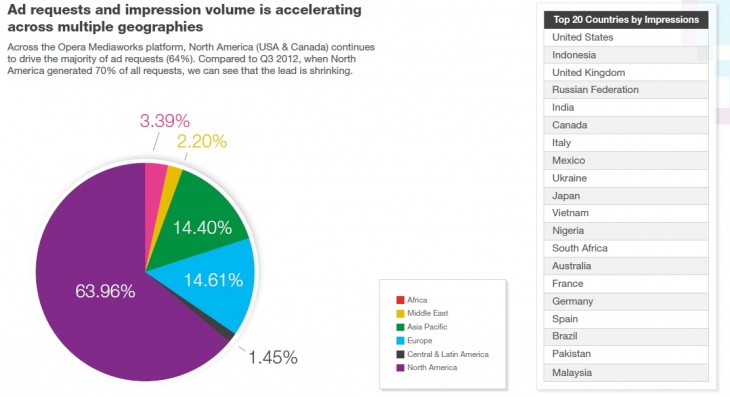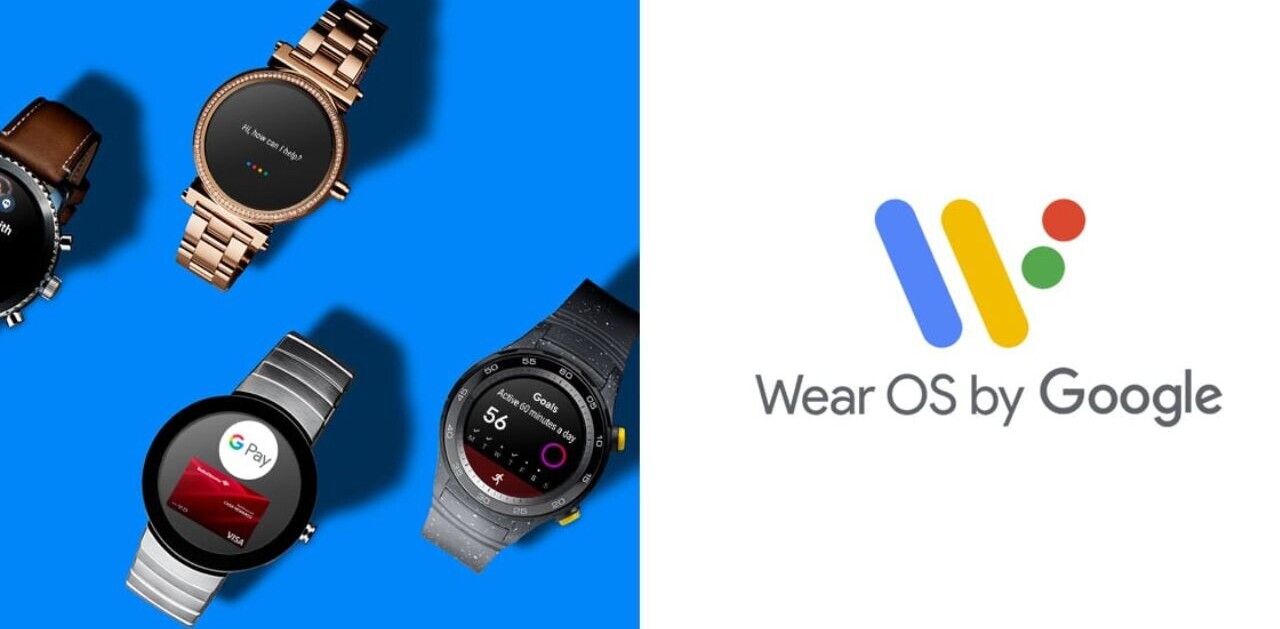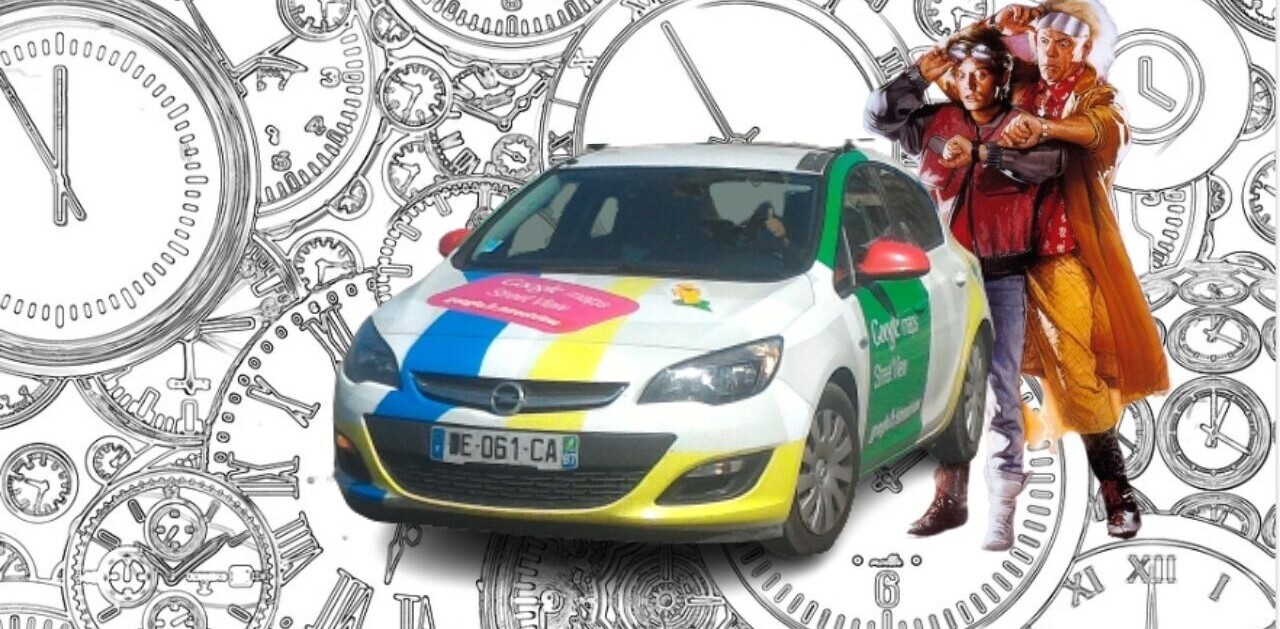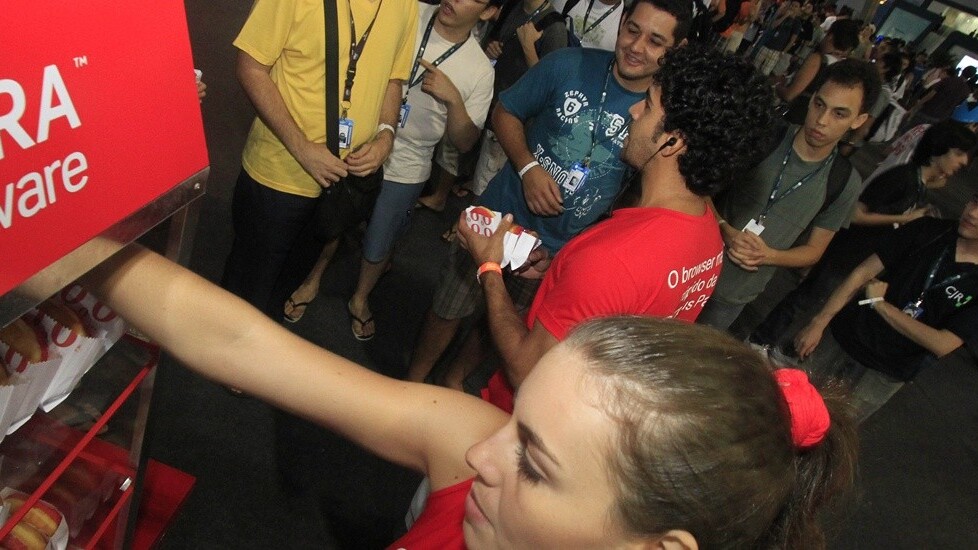
Opera has released its latest quarterly State of Mobile Advertising report and the findings from Q4 2012 show a sizable growth in the number of impressions served to Android devices, but Apple users remains the most engaged.
The Norwegian Web browser maker — which produces its findings from 50 billion monthly ad impressions across its network of 12,000 sites and applications — found that, for the first time, Android accounted for the highest number of advertising impressions. However, despite that interesting nugget, iOS was once again a richer ground, bringing in more traffic — i.e. users that click on the mobile ads — and a higher portion of total revenues — money made for ads for publishers and Opera — across the network.
“When it comes to monetization, iOS continues to outperform other device platforms. It leads the group with the highest average eCPM and provides the greatest percentage of publisher revenue,” Opera explains in the report, which is its third deep dive into its mobile advertising business.
Looking at the stats, iOS accounts for just shy of 42 percent of all mobile device traffic on Opera’s system, and it brings in a dominant 51 percent of the revenues earned. Android sits at 31 percent of traffic and 30 percent revenue; interestingly the iPhone alone surpasses that, the series of devices account for 37 percent of the income from the network.
The iPad continues to be the device with the best value for advertisers. The Apple tablet series once again clocked the highest rate of clicks (eCPM), as it has done in previous reports. Despite accounting for under 6 percent of traffic, iPad users generate 10.5 percent of all revenue.
Interestingly, the iPod Touch — listed by Opera as ‘iTouch’ — has the least effective conversion rate. Android is once again behind BlackBerry on conversions (read: value for money for advertisers), but its vast spread sees it account for more than eight times the traffic of the company formerly known as RIM, offering advertisers real reach and scale for their campaigns.
Opera says that the holiday season effect kicked to bring it the highest volume of impressions and revenues of the year. Indeed, the Q4 period’s figures represent a two-times increase on that of any other quarter in 2012.
The firm also puts that growth down to the increased usage of “more sophisticated devices”, which make for a more fertile ground for advertisers. Indeed, the Samsung Galaxy S III is under a year old but it already accounts for 9 percent of all Android traffic; that’s around 3 percent of the total Opera ad network.
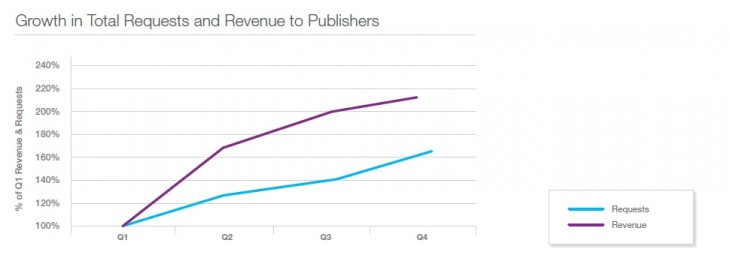
Unfortunately Opera doesn’t specific details on its user numbers by geography, but it does say that the US drop is down to an increase in international traffic. The company picks out Russia as a fast-paced growth example. Impressions served to users in the Eastern Europe country jumped up by 60 percent quarter-to-quarter. Russia had been Opera’s seventh largest, based on traffic, but Q4 saw it rise to fourth — behind only the UK (3rd), Indonesia (2nd) and the US (1st) — thanks to increased Android usage.
“This growth [in Android devices] closely parallels the uplift in adoption of Android devices in the Russian Federation, which we saw rise over 22% in the same time period,” Opera says.
The report is another reminder for advertisers, developers and startups, that Android cannot be ignored. While Apple continues to attract higher levels of engagement, the Google-owned platform has great reach, powering a vast range of devices right across the world.
Headline image via campuspartybrasil / Flickr
Get the TNW newsletter
Get the most important tech news in your inbox each week.

